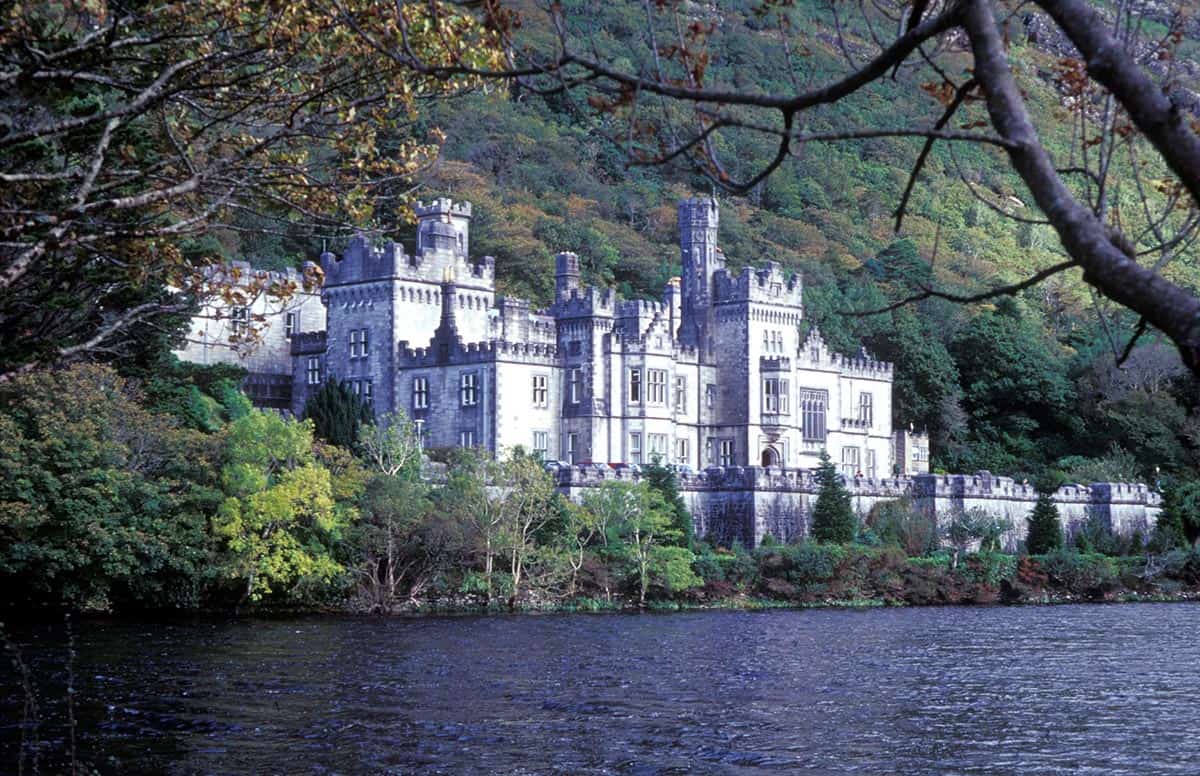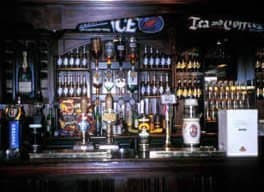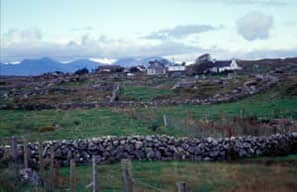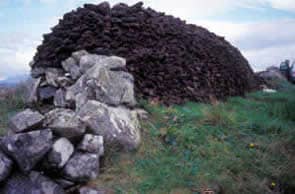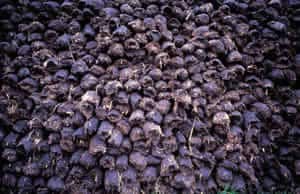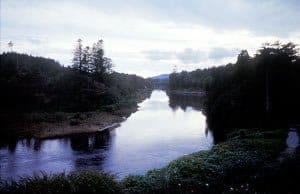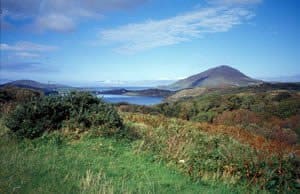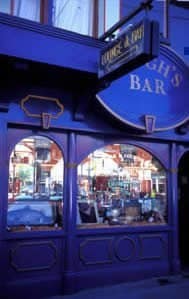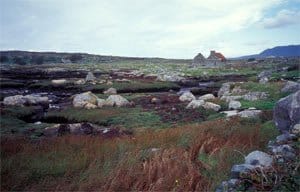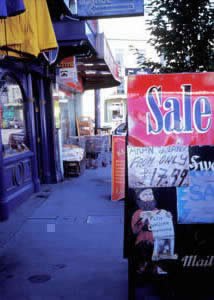Ireland – Connemara
Ireland covers an area of 70,285 km² (of which 1390 km² as waters) and has 3.8 million inhabitants. The capital is Dublin. The average life expectancy is 73.5 years. The population consists of 93.1% Catholics and 2.4% Anglicans, Presbyterians and Jews.
It is spoken Gaelic and English (as a lingua franca). Ireland has a cool temperate climate. One-seventh of the country (about 10000km²) are covered with bogs. Large areas of coastal areas are covered with heath, swamp and marshes. Only 4.9% of the land is forested. The national drink is Guinnes.
After so much protein strengthening during the Oyster Festival, thank God, we have a few more days to recover. We use this time to explore the Connemara area. With the rental car we drive on the west coast on the “336” from Galway via Casla and on to Scriob. From there we turn onto the “340” to Glinsce. We always drive along the coast. The landscape is characterized by pastures and moorland. The country is sparsely populated.
The lands of the landowners are demarcated with 1.5 m high stone walls into individual plots. These are partly from the time of the Celts and are part of the typical village wall architecture. The walls serve not least as a protection against soil diseases. Climatically, harsh weather conditions prevail here. The weather can change from one moment to the next in a flash.
At Cashel Bay we turn off onto the “342”, which later turns into the “341”. We drive via Roundstone to Clifden. From here it goes into the mountains of Connemara National Park. On the plateaus in Connemara and around Roundstone peat is mined and stung on a large scale. Everywhere you see the neatly stacked peat stings. The large-scale mining is ecologically very controversial, but is tolerated because of the economic importance of the government.
Peat sting in Connemara. The view of the ever-close coast is fantastic and always brings new impressions with it.
The plateau at Lough Corrib is an angler’s paradise. The landscape is crossed by many small rivers, which have a high fish population. The water is usually dark colored by the moors but extremely clean.
In Clifden we take a break and spend the night in a small cottage. The rooms are typically Irish and decorated in a country style. On the ground floor is a small lounge with open fireplace. The innkeeper and landlord will serve us a Guinness and play some typical Irish songs on request on the piano. In the old town there are the typical Irish pubs, where a visit is always worthwhile. There is currently a folklore and music festival to which musicians from all over the country have come to play typical old Irish tunes in the pubs. For us an experience of a special kind. It is late that evening and the Guinness tastes too good.
The next morning we travel on to Leenane. From here it goes into the mountains. We have a wonderful view of the rugged coastline. At the Kylemore Abbay we take a break first. The castle is picturesquely situated on a lake. It was built in 1860 and has a remarkable Neo-Gothic chapel. The estate is run today by Benedictine nuns who run a girls’ school there. The interiors are to be visited. It is believed that in the dark, high-ceilinged rooms, the spirits of the castle’s lords, who lived here long ago, can be felt. A visit to the castle is highly recommended. From Leenane we continue on the “336” south again. Our way leads us past the lake Lough Corrib. The plateau of Connemara is barren and lonely. Occasionally we see farms that have embedded themselves in the landscape. In the late afternoon we reach our starting point Galway. This little round trip was very varied and can be done well in two days.

